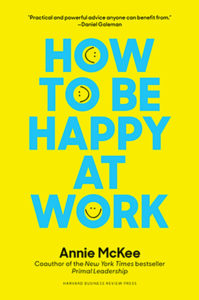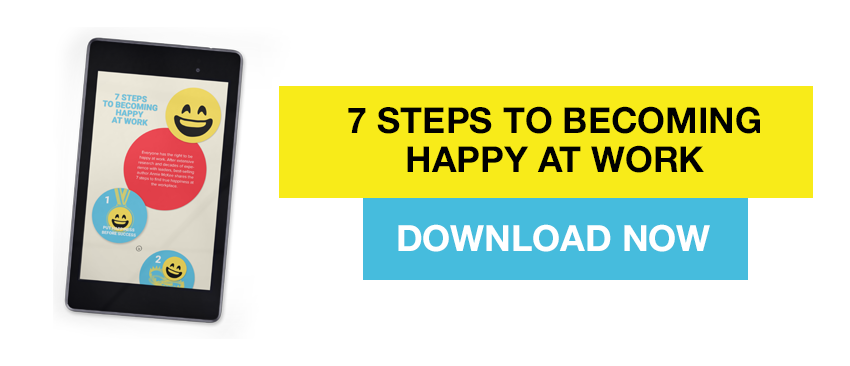“Nicole” was the SVP Research and Development for a large pharmaceutical company. She had started her career as a physician but had quickly moved into the corporate world, seeing opportunities and the chance to make a difference on a broader scale. Over the years as a senior executive, she had faced many challenges—not the least of which were the constant reminders that she was the only woman on the senior team. She consistently ignored the challenges, relying on her talent, strong personality, track record, and a somewhat brittle exterior to keep threats at bay.
Defense Mechanisms And Their Pitfalls
As time went on, however, it became harder and harder for Nicole to get things done. The intricate relationships at the top of her organization required constant vigilance, attention, and even a kind of intimacy between people. Making the most difficult decisions required open dialogue and some vulnerability as team members made the hard trade-offs about the business. According to colleagues, Nicole’s self-confidence and strength always seemed to get in the way of these conversations.
Gradually, both she and her team members simply got tired of fighting and started avoiding each other. Then the Catch-22 set in: the less contact she had, the less influence she could wield. And with less influence came more insecurity, more attempts to defend herself and more friction.
Whenever we encounter people who seem to need to prove their worth, even when their position or accomplishments actually speak for themselves, we begin to suspect that we might be dealing with someone who is quite insecure and overwhelmed. So, Nicole’s very evident confidence and brittle interpersonal style were clues: she was protecting herself.
Fragile High Self-Esteem
In fact, it is often the case that people who seem most self-confident, whose self-esteem is over the top, even, are the people who are actually the most fragile. Michael Kernis and his colleagues note that contrary to popular belief, unrelenting high self-esteem is not really an indicator of optimal self-esteem, and may in fact be ‘fragile high self-esteem’. When a person has to continually protect an image of himself, this is a clue that in fact that person does not have a strong sense of self, and that he, or she, is delicate and even insecure, trying to hide from a threatening world.
We suspect that for many professionals, fragile high self-esteem can also be a byproduct of success. People who excel at school, and then in the workplace, often get a tremendous amount of positive feedback –more, maybe, than they think they deserve. Leaders may find themselves waiting for the other shoe to drop, thinking that somehow, people will figure out that they are really not all that great and the game will be over.
The Imposter Syndrome
In our talks with executives, they often mention this ‘imposter syndrome’, that nagging sense that we are not really as good as everyone thinks we are. The more mindful leaders recognize the imposter syndrome for what it is and do not let insecurity drive them to bad behavior. But some people respond to the fear of being found out by developing superficial bravado and using over-the-top self-confidence as a shield. They ignore, or hide their own weaknesses. They avoid putting strong people who might show them up on their teams, and try constantly to get everyone to pay attention to how fabulous they are. Others build a wall. It is just too risky to let people in.
Pushing Past Fear And Becoming Mindful
But, mindfulness requires a connection with other people. You can not really understand others unless you are in contact with them. Many leaders find themselves deliberately shying away from close connection and relationships at work. They fear they will be found out, or believe they will lose objectivity. Or they simply do not take the time. Or people just will not let them get close. For many reasons, building close relationships with people just seems wrong or too much trouble. It is tempting (and typical) for leaders to throw up their hands and give up connecting with people. It is just too hard.
So, it is easy to slip into mindlessness. The pressure of a leader’s role, coupled with internal messages about what one should do and our attempts to deal with stress, vulnerability, and insecurity cause us to shut down. Unfortunately, the solution—shutting down—is exactly the opposite of what we must do in order to sustain effectiveness, and maintain resonance in ourselves and with others. We need to be open, not closed, constantly exploring ourselves, others, and our environment. This enables us to stay centered and calm, even when the pressure is on. It enables us to see what we must do, in order to stay true to ourselves. Attending to others and the environment means we have more and more accurate information and can make better decisions. Mindfulness enables us to counter the effects of the Sacrifice Syndrome, propelling us into Renewal.
Excerpted from Resonant Leadership, Harvard Business Review Press, 2005.

You Deserve to Be Happy at Work
Based on extensive research and decades of experience with leaders, How to Be Happy at Work deepens our understanding of what it means to be truly fulfilled and effective at work and provides clear, practical advice and instruction on how to get there―no matter what job you have.
